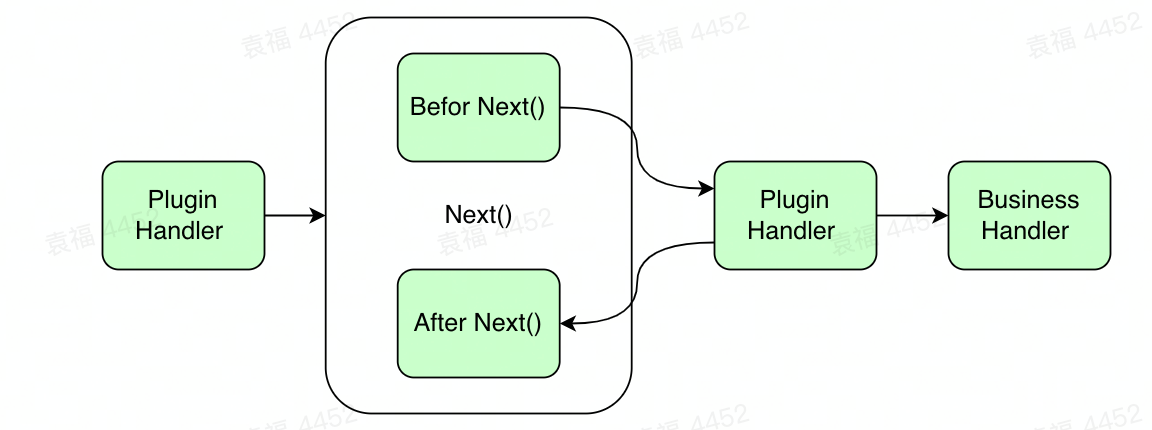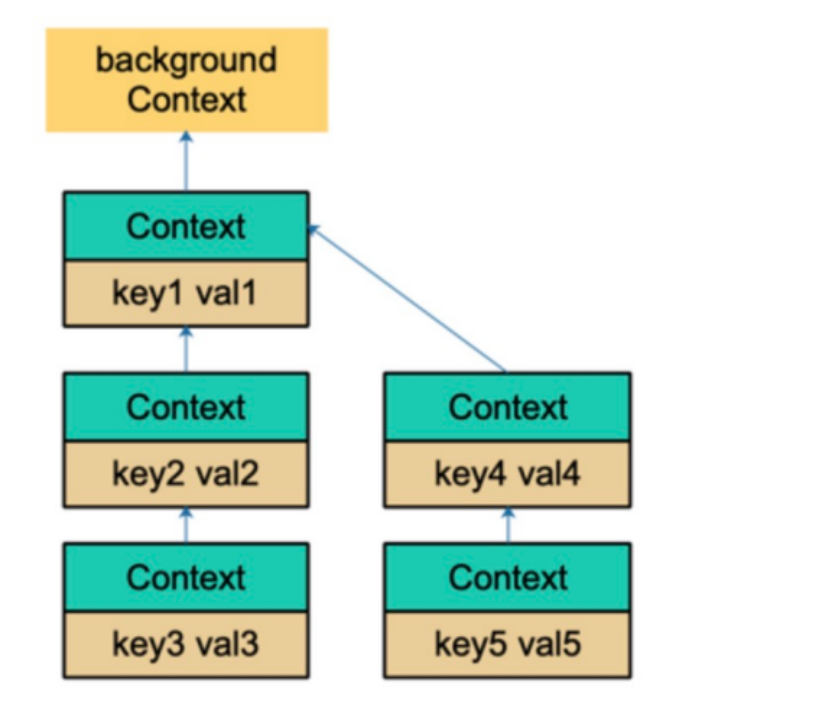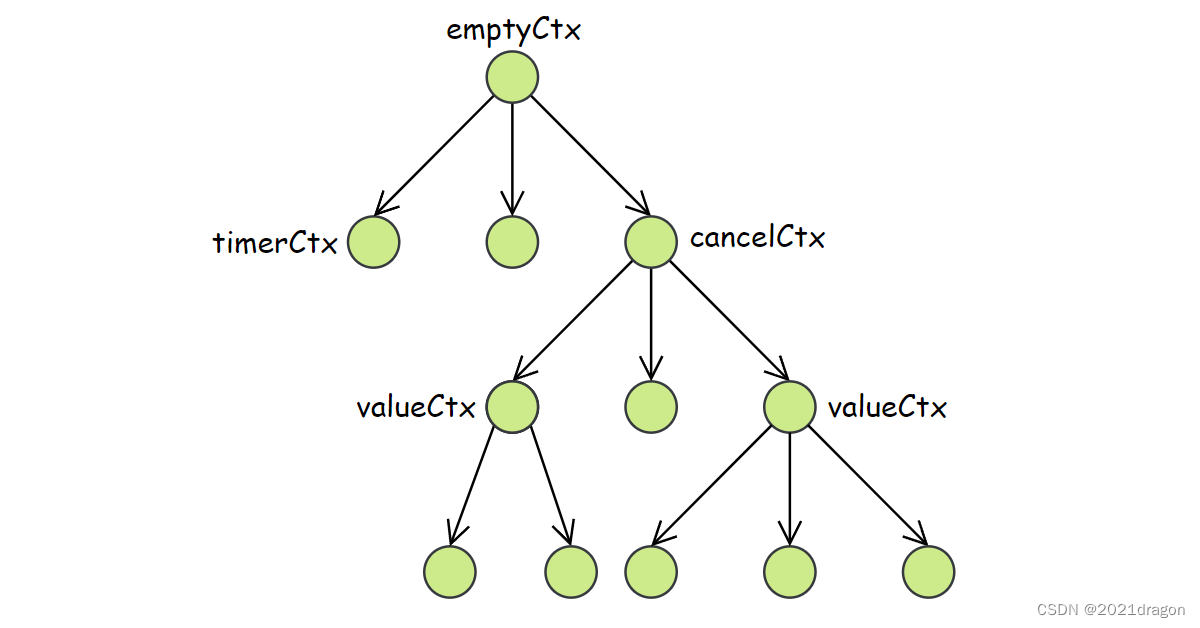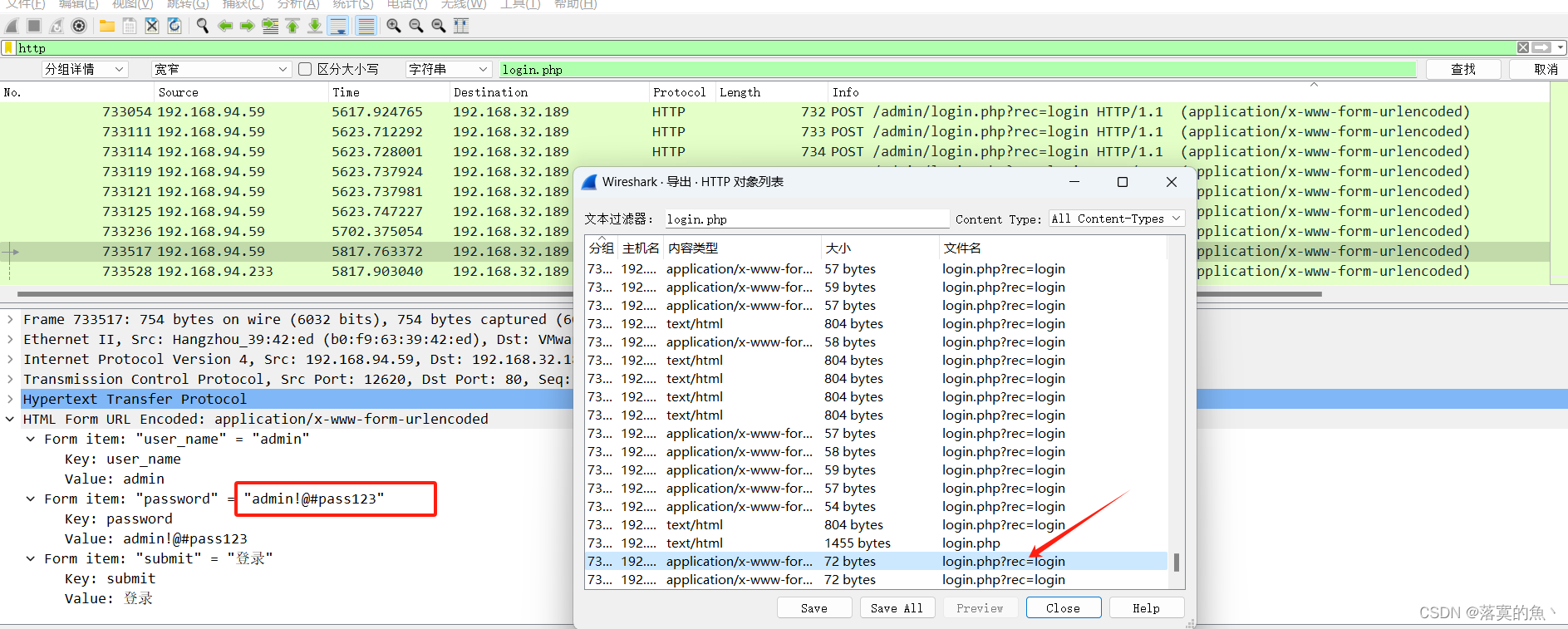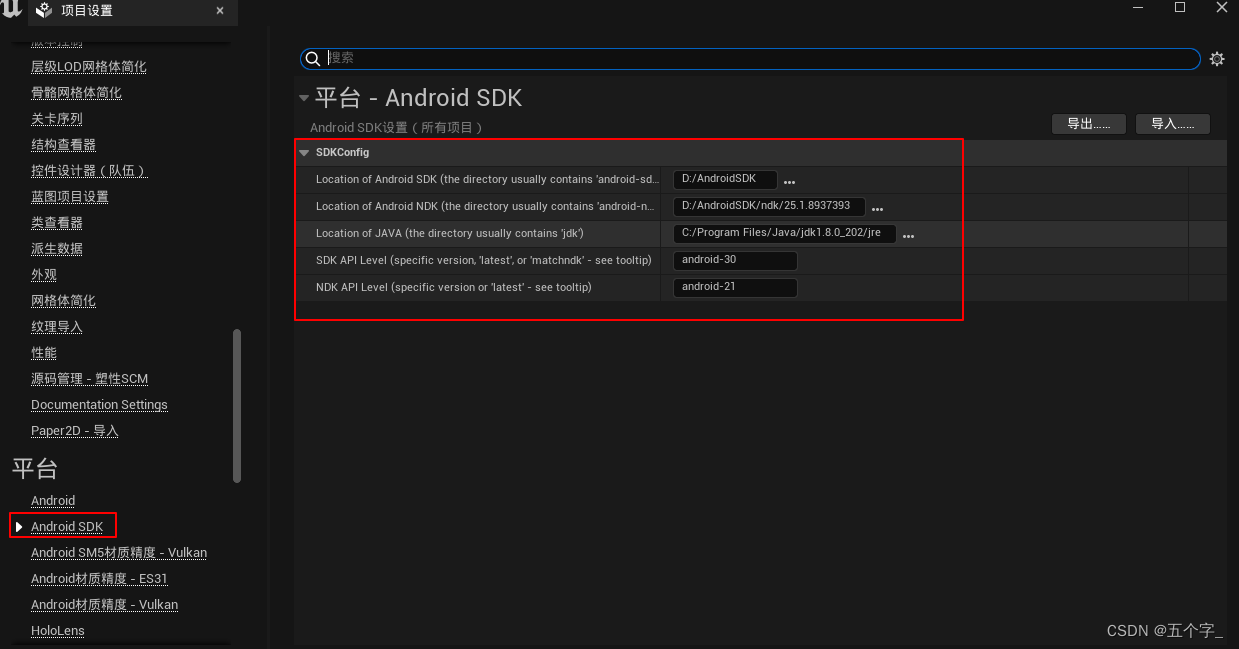目录
context的基本使用
创建:
context.Background():创建一个空的父类context
context.TODO(): 创建一个未来 可能有内容的父类 context,有扩展性
// 创建一个可以取消的Context
ctxCancel, cancelCancel := context.WithCancel(context.Background())
defer cancelCancel() // 当不再需要时,确保调用cancel来释放资源
// 创建一个带有截止时间的Context
deadline := time.Now().Add(time.Second * 10)
ctxDeadline, cancelDeadline := context.WithDeadline(context.Background(), deadline)
defer cancelDeadline()
// 创建一个带有超时时间的Context
timeout := 10 * time.Second
ctxTimeout, cancelTimeout := context.WithTimeout(context.Background(), timeout)
defer cancelTimeout()
返回值: Context 上下文本体 和 CancelFunc 关闭Context 的函数
类别:
context.WithCancel 创建一个可以取消的Context,当调用 返回值 cancel 时 就可以通知关闭
context.WithDeadline 创建一个带有截止时间的Context,到一个特定时间时便发出通知
context.WithTimeout 创建一个带有超时时间的Context,过了一段时间后就发出通知
防止go协程泄漏使用例子
package main
import (
"context"
"fmt"
)
func main() {
//WithCancel(ctx Context, cancel CancelFunc)=(名 Context,处理函数 CancelFunc)
ctx, cancel := context.WithCancel(context.Background()) //context.Background() 处理 Goroutine
context.TODO()
ch := func(ctx context.Context) <-chan int {
ch := make(chan int)
go func() {
for i := 0; ; i++ {
select {
case <-ctx.Done():
return
case ch <- i:
}
}
}()
return ch
}(ctx)
for v := range ch {
fmt.Println(v)
if v == 5 {
cancel()
break
}
}
}
为什么需要context
场景1: 当主协程启动了m个子协程,m个子协程又启动更多的协程,
那监控起来需要很多的channel, 操作非常繁琐。
如果我们使用 context 时,当父类的context关闭,子类也会一起关闭以此类推,类似Qt中的对象树
场景2:任务A 挂在 任务B 下,我们希望 B 有着定时退出的功能,而且当B退出时A也需要退出
使用定时器+channel时,就显的有些繁琐,我们可以直接使用context.WithTimeout 一步到位
Context interface
golang的接口 类似 c++的基类
type Context interface {
Deadline() (deadline time.Time, ok bool)
Done() <-chan struct{}
Err() error
Value(key any) any
}
Context 为 interface,定义了四个核心 api:
• Deadline:返回 context 的过期时间;
• Done:返回 context 中的 channel;
• Err:返回错误;
• Value:返回 context 中的对应 key 的值.
标准 error
var Canceled = errors.New("context canceled")
var DeadlineExceeded error = deadlineExceededError{}
type deadlineExceededError struct{}
func (deadlineExceededError) Error() string { return "context deadline exceeded" }
func (deadlineExceededError) Timeout() bool { return true }
func (deadlineExceededError) Temporary() bool { return true• Canceled:context 被 cancel 时会报此错误;
• DeadlineExceeded:context 超时时会报此错误.
emptyCtx
重写了接口 api:
type emptyCtx int
func (*emptyCtx) Deadline() (deadline time.Time, ok bool) {
return
}
func (*emptyCtx) Done() <-chan struct{} {
return nil
}
func (*emptyCtx) Err() error {
return nil
}
func (*emptyCtx) Value(key any) any {
return
}返回的什么东西都为空
• emptyCtx 是一个空的 context,本质上类型为一个整型;
• Deadline 方法会返回一个公元元年时间以及 false 的 flag,标识当前 context 不存在过期时间;
• Done 方法返回一个 nil 值,用户无论往 nil 中写入或者读取数据,均会陷入阻塞;
• Err 方法返回的错误永远为 nil;
• Value 方法返回的 value 同样永远为 nil.
var (
background = new(emptyCtx)
todo = new(emptyCtx)
)
func Background() Context {
return background
}
func TODO() Context {
return todo
}当使用context.Background() & context.TODO() 创建emptyCtx 时返回固定的 emptyCtx
cancelCtx
type cancelCtx struct {
Context
mu sync.Mutex // protects following fields
done atomic.Value // of chan struct{}, created lazily, closed by first cancel call
children map[canceler]struct{} // set to nil by the first cancel call
err error // set to non-nil by the first cancel call
}
type canceler interface {
cancel(removeFromParent bool, err error)
Done() <-chan struct{}
}
Deadline 方法
cancelCtx 未实现该方法,仅是 embed 了一个带有 Deadline 方法的 Context interface,因此倘若直接调用会报错.
Done 方法
流程如下:
源码:
func (c *cancelCtx) Done() <-chan struct{} {
d := c.done.Load()
if d != nil {
return d.(chan struct{})
}
c.mu.Lock()
defer c.mu.Unlock()
d = c.done.Load()
if d == nil {
d = make(chan struct{})
c.done.Store(d)
}
return d.(chan struct{})
}
• 基于 atomic 包,读取 cancelCtx 中的 chan;倘若已存在,则直接返回;
• 加锁后,在此检查 chan 是否存在,若存在则返回;(双重检查 double check)
• 初始化 chan 存储到 aotmic.Value 当中,并返回.(懒加载机制 懒汉)
Err 方法
func (c *cancelCtx) Err() error {
c.mu.Lock()
err := c.err
c.mu.Unlock()
return err
}
• 加锁;
• 读取 cancelCtx.err;
• 解锁;
• 返回结果;
Value 方法
func (c *cancelCtx) Value(key any) any {
if key == &cancelCtxKey {
return c
}
return value(c.Context, key)
}• 倘若 key 特定值 &cancelCtxKey,则返回 cancelCtx 自身的指针;
• 否则遵循 valueCtx 的思路取值返回;
context.WithCancel()
func WithCancel(parent Context) (ctx Context, cancel CancelFunc) {
if parent == nil {
panic("cannot create context from nil parent")
}
c := newCancelCtx(parent)
propagateCancel(parent, &c)
return &c, func() { c.cancel(true, Canceled) }
}• 校验父 context 非空;
• 注入父 context 构造好一个新的 cancelCtx;
• 在 propagateCancel 方法内启动一个守护协程,以保证父 context 终止时,该 cancelCtx 也会被终止;
• 将 cancelCtx 返回,连带返回一个用以终止该 cancelCtx 的闭包函数.
newCancelCtx
没用propagateCancel 方法
func newCancelCtx(parent Context) cancelCtx {
return cancelCtx{Context: parent}
}• 注入父 context 后,返回一个新的 cancelCtx.
WithCancel中propagateCancel
propagateCancel 传播取消

func propagateCancel(parent Context, child canceler) {
done := parent.Done()
if done == nil {
return // parent is never canceled
}
select {
case <-done:
// parent is already canceled
child.cancel(false, parent.Err())
return
default:
}
if p, ok := parentCancelCtx(parent); ok {
p.mu.Lock()
if p.err != nil {
// parent has already been canceled
child.cancel(false, p.err)
} else {
if p.children == nil {
p.children = make(map[canceler]struct{})
}
p.children[child] = struct{}{}
}
p.mu.Unlock()
} else {
atomic.AddInt32(&goroutines, +1)
go func() {
select {
case <-parent.Done():
child.cancel(false, parent.Err())
case <-child.Done():
}
}()
}
}cancel
// cancel closes c.done, cancels each of c's children, and, if
// removeFromParent is true, removes c from its parent's children.
// cancel sets c.cause to cause if this is the first time c is canceled.
func (c *cancelCtx) cancel(removeFromParent bool, err, cause error) {
if err == nil {
panic("context: internal error: missing cancel error")
}
if cause == nil {
cause = err
}
c.mu.Lock()
if c.err != nil {
c.mu.Unlock()
return // already canceled
}
c.err = err
c.cause = cause
d, _ := c.done.Load().(chan struct{})
if d == nil {
c.done.Store(closedchan)
} else {
close(d)
}
for child := range c.children {
// NOTE: acquiring the child's lock while holding parent's lock.
child.cancel(false, err, cause)
}
c.children = nil
c.mu.Unlock()
if removeFromParent {
removeChild(c.Context, c)
}
}timerCtx
只介绍类,其他与cancel差不多,加上了过期时刻
type timerCtx struct {
cancelCtx
timer *time.Timer // Under cancelCtx.mu.
deadline time.Time
}
valueCtx
键值对 Ctx
type valueCtx struct {
Context
key, val any
}
参考 : 小徐先生1212 --context 底层实现

